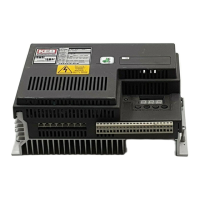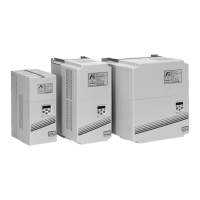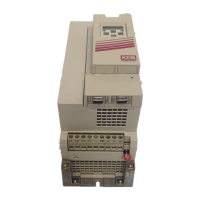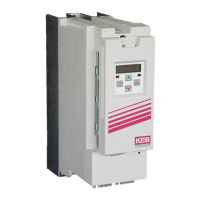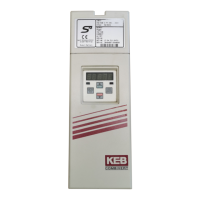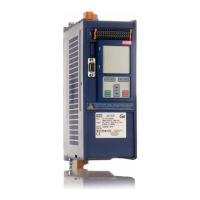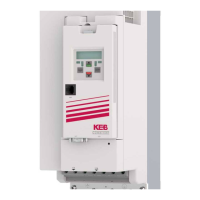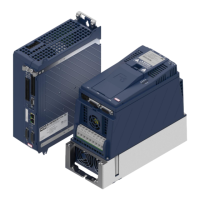76
WATER-COOLED DEVICES
Material formed ion Standard poten-
tial
Material formed ion Standard poten-
tial
Chrome Cr3+ -0.71 V Platinum Pt2+ 1.20 V
Iron Fe2+ -0.44 V Gold Au3+ 1.42 V
Cadmium Cd2+ -0.40 V Gold Au+ 1.69 V
Cobald Co2+ -0.28 V
Table 38: Electrochemical series / standard potentials against hydrogen
5.1.3 Requirements for the coolant
The requirements for the coolant depend on the ambient conditions as well as the used
cooling system.
General requirements for the coolant:
Requirement Description
Standards Corrosion protection according to EN 12502-1...5, water treatment and use of ma-
terials in cooling systems according to VGB R 455 P.
VGB
Cooling water directive
The VGB cooling water directive (VGB R 455 P) contains instructions about com-
mon process technology of the cooling. Particulary the interactions between cool-
ing water and components of the cooling system are described.
Abrasive substances Abrasive substances as used in abrasive (quartz sand), clogging the cooling circuit.
Hard water Cooling water may not cause scale deposits or loose excretions. The total hard-
nessshouldbebetween7...20°dH,thecarbonhardnessbetween3...10°dH.
Soft water Softwater(<7°dH)corrodesthematerial.
Frost protection An appropriate antifreeze must be used for applications when the heat sink or the
coolant is exposed temperatures below zero. Use only products of one manufac-
turer for a better compatibility with other additives.
KEB recommends the antifreeze Antifrogen N from Clariant with a maximum vol-
umecontentof52%.
Corrosion protection Additives can be used as corrosion protection. In connection with frost protec-
tiontheantifreezemusthaveaconcentrationof20…25Vol%,inordertoavoida
change of the additives.
Alternatively,anantifreeze/glycolwithaconcentrationof20%...max.vol52%
can be used. If antifreeze is used, the water does not need to be provided with
additional additives.
Table 39: Coolant requirements for water coolers
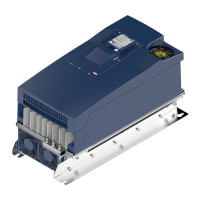
